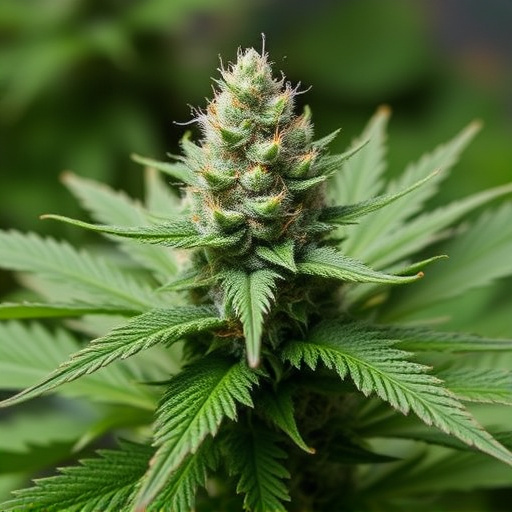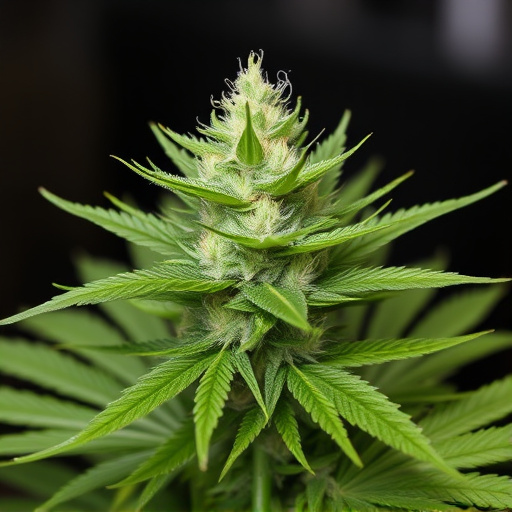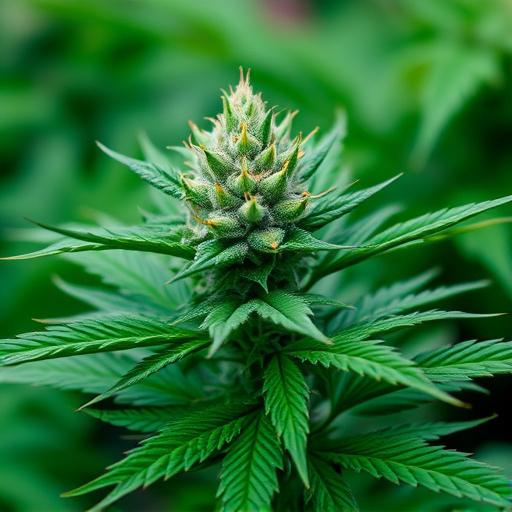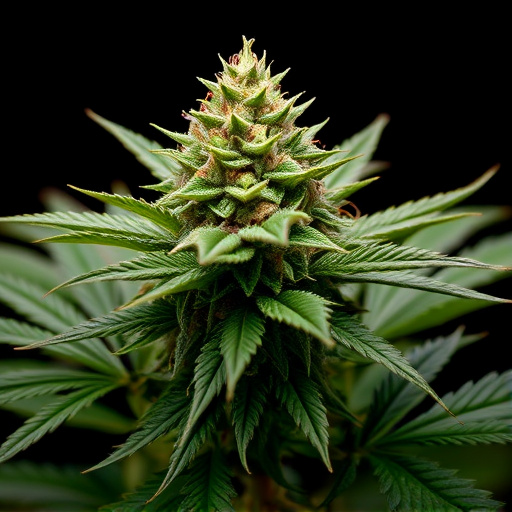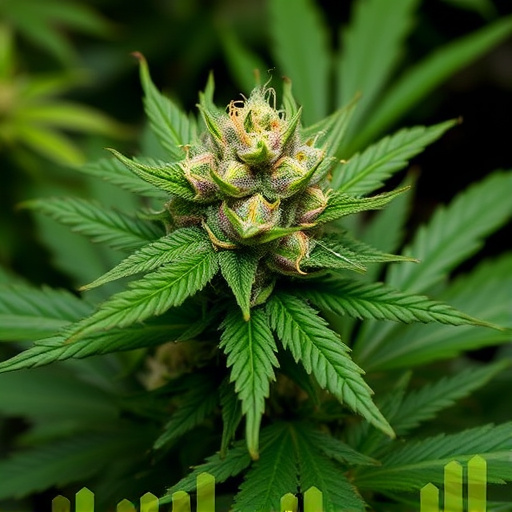The optimality of cannabis strain for achieving specific effects is closely tied to its cannabinoid profile and terpene content, impacting urine test detection times. High THC levels in the best cannabis strains lead to quicker positives due to THC's rapid absorption. CBD-rich strains may have slower detections, but terpenes can modify metabolism, adding variability. Terpenes, crucial for aroma, flavor, and potential therapeutic benefits, interact with cannabinoids, influencing effect speed and intensity. Environmental factors and cultivation methods also affect terpene levels. Understanding both cannabinoid concentrations and terpene profiles is vital when selecting a strain to manage desired effects and ideal detection times.
“Unveiling the factors that dictate cannabis detection times is essential for both users and legal authorities. This article delves into the intricate details, exploring how different variables impact the time it takes for cannabis to be detected in an individual’s system. From the complex composition of cannabis strains—including genetic variations, terpene profiles, and cannabinoid content—to consumption methods and individual physiological factors, understanding these elements is key to discerning accurate detection times. Discover the best cannabis strains and their unique effects on detection, offering valuable insights for informed decisions.”
- Cannabis Strain Composition and Detection
- – Genetic variations and terpene profiles
- – Cannabinoid content (THC, CBD)
Cannabis Strain Composition and Detection
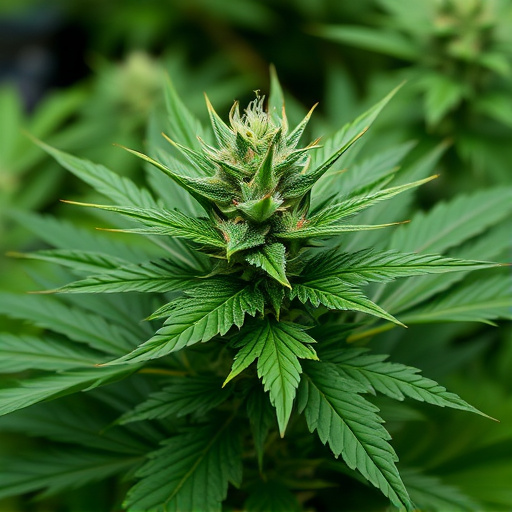
Cannabis strain composition plays a significant role in determining detection times. Different strains have varying levels of cannabinoids, particularly THC (tetrahydrocannabinol) and CBD (cannabidiol), which influence how quickly and intensely the effects set in. The best cannabis strains, known for their high THC concentrations, can lead to faster detection times compared to those with lower THC and higher CBD content. This is because THC is more lipophilic, meaning it easily crosses cell membranes and enters the bloodstream, where it can be detected in urine tests.
Additionally, the terpene profile of each strain contributes to its unique aroma and potential effects, but it also interacts with cannabinoids, affecting metabolism and elimination rates. Terpenes like myrcene, limonene, and pinene have been studied for their ability to either enhance or reduce the potency and duration of cannabis-related drugs in the body, further complicating detection time predictions.
– Genetic variations and terpene profiles

Cannabis detection times can vary significantly based on genetic variations and terpene profiles within different strains. Each strain possesses unique characteristics, including specific chemical compounds called terpenes that contribute to its aroma, flavor, and potential therapeutic effects. These terpenes interact with cannabinoids like THC and CBD, influencing how quickly and intensely their effects are felt by the user. For example, certain terpene profiles may enhance or diminish the psychoactivity of cannabis, leading to quicker or longer-lasting detection times.
When considering the best cannabis strains for specific purposes, understanding these genetic variations is key. Terpene content can vary even among plants within the same strain due to environmental factors and cultivation techniques. Therefore, users seeking optimal detection times should look into terpene profiles as well as cannabinoid concentrations, ensuring they choose a strain that aligns with their desired effects and timelines.
– Cannabinoid content (THC, CBD)

The cannabinoid content in cannabis plants plays a significant role in determining detection times. Tetrahydrocannabinol (THC), the primary psychoactive compound, has a half-life of approximately 30 hours in the body. This means it can still be detectable for several days or even weeks after consumption, especially in high THC strains considered among the best cannabis strains. The concentration of THC directly impacts how long it remains in an individual’s system.
Cannabidiol (CBD), another prominent cannabinoid, is generally known to have a faster elimination rate compared to THC. While CBD is non-psychoactive and often sought after for its potential therapeutic effects, it can still be detected in the body for up to 5 days after consumption. The interaction between THC and CBD might also influence detection times as they can bind to different receptors in the body, potentially affecting their respective elimination rates.
Understanding the factors that influence cannabis detection times is key to navigating the complexities of its use. Genetic variations, terpene profiles, and cannabinoid contents, such as THC and CBD levels, play significant roles in determining how quickly and for how long cannabis remains detectable in an individual’s system. By studying these elements, particularly when considering the best cannabis strains, users can make informed decisions regarding consumption and testing practices. This knowledge empowers individuals to manage their cannabis use responsibly and understand the potential implications of detection in various settings.









